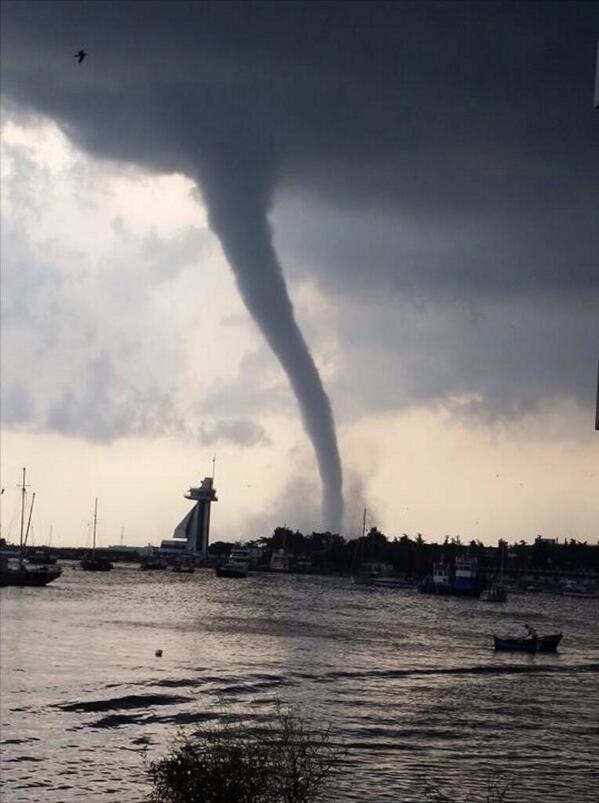• Sanitary Landfill
Waste materials stored by depositing and compacting in large areas that have an impermeable layer to prevent soil and air matter pollution. The layer is formed of compacted clay. Most vital thing is to prevent any harmful effects on tbe environment.
• Incineration
Only used for medical waste.
• Sterilization
Sterilization plants have been constructed to sterilize the garbage making it clean and then compacting it to be of use for soil. Currently, the method used for sterilization is immersion by liming. Liming is when you treat soil or water with lime to reduce acidity and improve fertility or oxygen levels. Immersing waste materials in liming will help reduce harmful effects.
• Composting
Important for the use of fertilizer for agriculture.
• Advanced Disposal Methods
This method consists of pyrolysis (decomposition by high temperatures), gasification, plasma, etc. Not used wide-scale in Turkey.
2) What are some challenges Turkey will face in terms of waste disposal?
• Population
The population of Turkey continues to increase and so it results to larger amounts of waste materials which would affect the environment and human health. Turkey needs to find ways to control their waste disposal efficiently as it will become a difficult matter.
3) Ways that Turkey can improve on their waste management strategies.
• Recycle
Recycling will help reduce waste materials. Recycling will reuse waste materials and turn it into good use such as turning it into clothing.
• Reduce
Reduce on using things such as plastic bags for grocery shopping.
• Reuse
It is important to reuse so resources do not go to waste. For example, if you are using paper use both sides. Use reusable shopping bags and try to buy products in returnable bottles.
• Enforce recycling and composting
Make sure that there are recycling and composting bins available for people. People need to be educated on what waste materials can actually be reused again.
